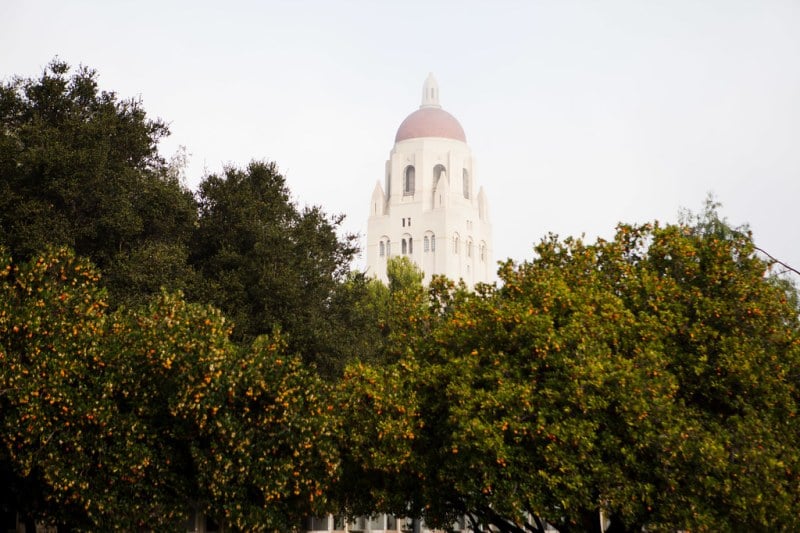Throughout the ’60s and early ’70s, when I was a medical student at Stanford, we persistently exposed and confronted the University and its Board of Trustees for their direct involvement, support and profiting from the war in Vietnam. The exposure was effective because of how deeply those ties ran. The University was so terrified by the exposure that for nine days they decided not to use aggressive police tactics to oust hundreds of students from their 1969 occupation of the Applied Electronics Laboratory on campus, where laser-guided bombing runs in Vietnam were designed. At one earlier point, HP cofounder, trustee and U.S. Deputy Secretary of Defense David Packard came down to a student occupation of Encina Hall to encourage us to end the occupation of that administrative center.
In the end, this unrelenting exposure led the Trustees to divest the Stanford Research Institute from the University. SRI was even more deeply involved in applied military research than University departments with DOE and DOD contracts, and we wanted Stanford to close it down. We won, but only divestment. Unsurprisingly, never in over a decade of struggle on the campus, even with a modicum of faculty and much community support, were we able to fray the ties that bind the Hoover Institution and the University.
Hoover was set up as nothing more or less than an anti-communist, anti-Soviet Rightist political operation. Its research and researchers, even those with academic standing, are selected through an obviously jaded lens concerning who and what purposes academia might serve. In that sense Hoover is a pretender to academic independence. In the ’60s, the anti-war movement at Stanford justly caused the University tens of millions of dollars in PR and material damage. The student, staff and faculty expulsions, suspensions and firings were ineffective at staunching the bleeding because we had the goods — facts showing how politicized, beneath the veneer, the University and its social role actually were. The coming of a more reactionary era in the mid-70s capped by the Reagan election in 1980 (during which Hoover again, a la McCarthyism’s ideological straitjacket, shined brightly) caused the movement to dissipate.
Perhaps the actions of Scott Atlas will help re-invigorate the effort to de-construct Stanford as an ideological font for anti-social thinking and behavior. We surely need our great universities; more than a few wonderful thinkers, doers and their products have been born at Stanford. But Stanford’s mission itself is tainted by the ties that bind Hoover and the University. And those ties have been impenetrable exactly because the University is owned and dominated by corporate, financial and imperialist interests and ideologues — operating beneath the radar, except at Hoover.
In this era of COVID-19 death, attacks on democracy, and wealth disparities and racism beyond anything seen in America since slavery, I offer decent folks at Stanford my best wishes and hope you will “rise up” against all the forms of Hooverism.
—Marc Sapir MD, MPH, Stanford Medicine ’70
Berkeley, CA
Contact Marc Sapir at marcsapir ‘at’ gmail.com.
Contact the editors of opinions at opinions ‘at’ stanforddaily.com.
The Daily is committed to publishing a diversity of op-eds and letters to the editor. We’d love to hear your thoughts. Email letters to the editor to eic ‘at’ stanforddaily.com and op-ed submissions to opinions ‘at’ stanforddaily.com.
